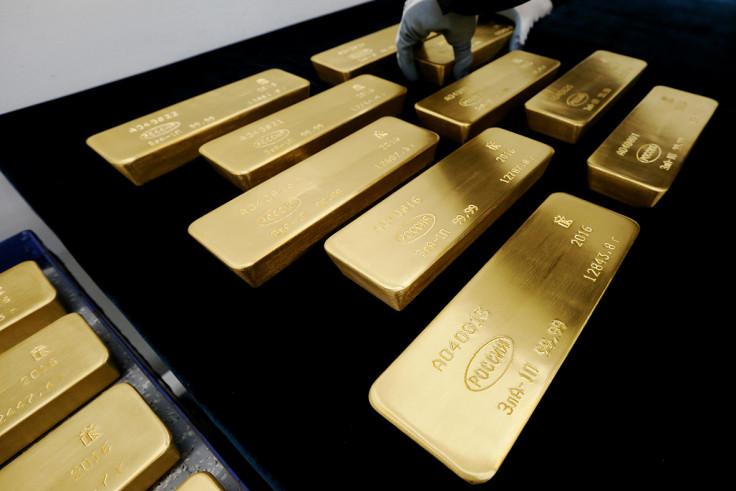Commodities round-up: Gold, oil futures recover after Fed influenced market kerfuffle subsides
Asian session started a marginal recovery in the commodities market which gathered momentum during European trading hours.

Calm returned to the commodities market on Friday (16 December), following an overnight selloff triggered by the US Federal Reserve's decision to raise the country's benchmark interest rates by 0.25%.
Forward guidance by the Fed - pointing to possibly three interest rate hikes over the course of 2017 - knocked confidence in the precious metals market, with gold plummeting to a 10-month low as the dollar spiked against a basket of leading currencies.
However, Friday's Asian session started with a marginal recovery which gathered momentum during European trading hours. By 3:07pm GMT, the Comex gold February futures contract was up 0.35% or $3.40 to $1,133.30 an ounce.
FXTM research analyst Lukman Otunuga said: "Rising US interest rates could grant bearish investors the permission to attack gold to levels not seen since 2015. The strengthening dollar may become a key theme for the early parts of 2017, consequently capping any extreme upside gains on gold."
Elsewhere, the Comex silver contract for March delivery rose 0.39% or 9 cents to $16.05 an ounce. Spot platinum also recovered to $908.47 an ounce, up 1.26% or $11.27.
Away from the precious metals market, oil futures also rallied. At 3:15pm GMT, the Brent front month futures contract was up 1.33% or 72 cents to $54.74 per barrel, while the West Texas Intermediate was 1.12% or 57 cents higher at $51.47 per barrel.
Analysts at JBC Energy said doubts over non-Opec production cuts, promised to the market on 10 December, continue to persist. "We saw non-Opec countries led by Russia formally commit last weekend to cutting 558,000 barrels per day (bpd) over the first half of 2017. Russia will be taking a sizeable chunk of the non-Opec cut, although we do not think it will meet the 300,000 bpd level it committed to, with cuts expected to average only 124,000 bpd.
"Here, the key is understanding the base from which Russia is cutting. The Russian Energy Minister clarified that this would be the upward-revised [and record high] October figure of 11.247m bpd. Russia accordingly will initially cut 200,000 bpd from this level by end-March, followed by another 100,000 bpd by April-May, thus enabling it to claim a total 300,000 bpd in cuts – while still seeing production grow on an annual basis."
Michael Wittner, global head of oil research at Société Générale, also said non-Opec producers were putting forward "managed declines" rather than cuts in real terms. "Furthermore, history shows that Russia has a very poor track record in keeping its promises when it comes to cutting output in cooperation with Opec. In fact, Russia has never actually done any cutting in the past.
"Of course, there is a possibility that this time could be different for Russia. The difference may be the personal involvement of [President] Vladimir Putin in Opec's Vienna Agreement."
© Copyright IBTimes 2025. All rights reserved.






















